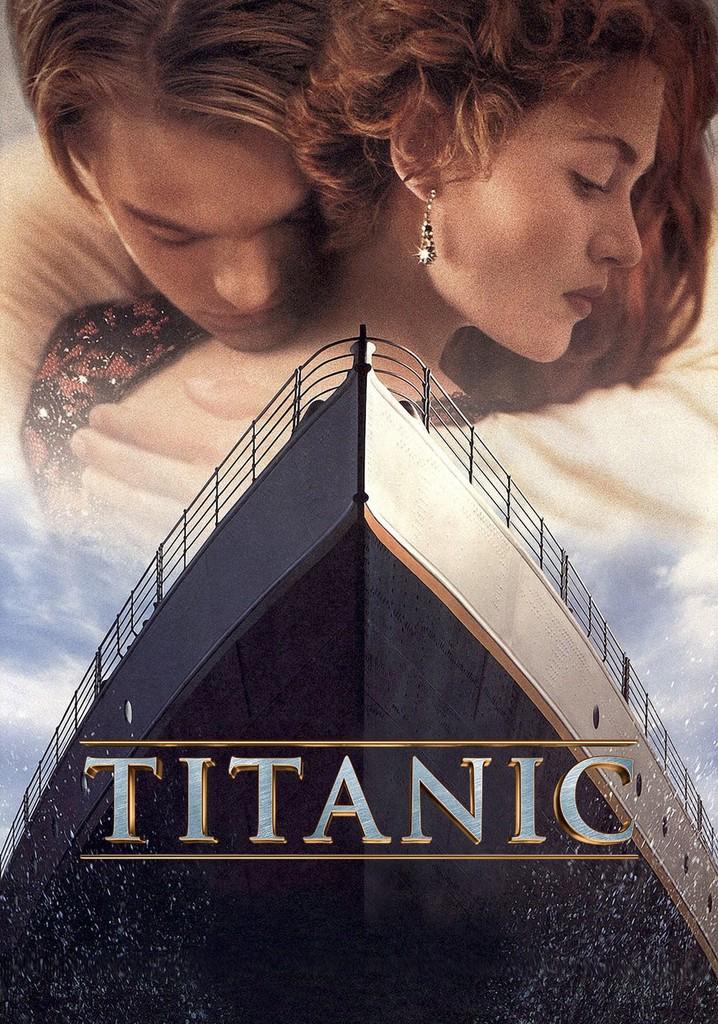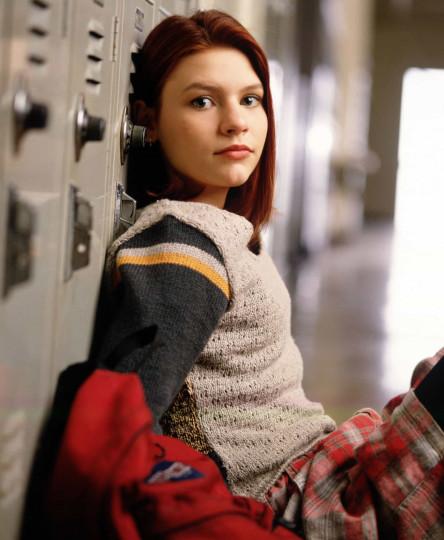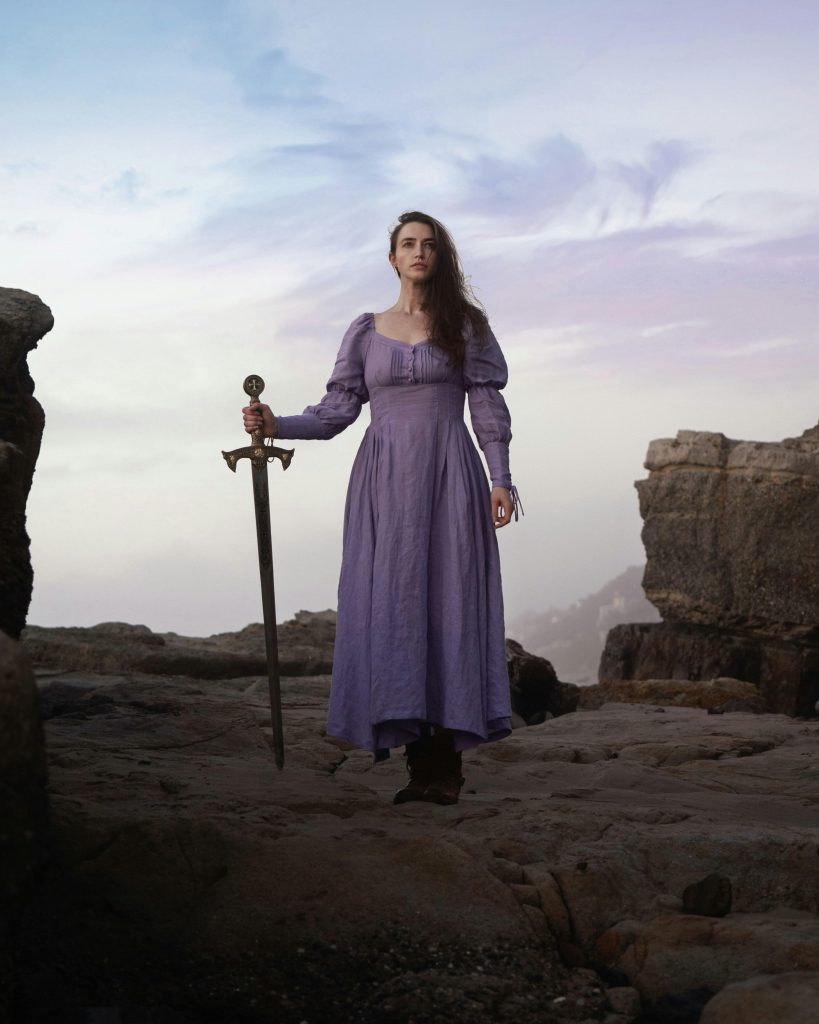In the grand tapestry of cinematic history, certain films emerge as undeniable milestones, casting long shadows across the landscape of popular culture. James Cameron‘s “Titanic,” released in 1997, is undoubtedly one of these titans. With its sweeping romance, groundbreaking special effects, and record-breaking box office success, “Titanic” has been firmly anchored in the pantheon of cinematic greats for over two decades. Yet, as the tides of film criticism and audience tastes continue to shift, it is worth questioning whether “Titanic” truly deserves its unsinkable status as one of the greatest films ever made. In this exploration, we will delve into the film’s artistic merits, cultural impact, and the evolving perspectives that challenge its revered position, inviting a fresh reevaluation of a movie that once seemed destined to sail the seas of acclaim forever.
Rethinking the Legacy Unpacking Titanics Cinematic Brilliance
The 1997 epic romance, Titanic, directed by James Cameron, has long been hailed as a cinematic masterpiece. However, in today’s ever-evolving film landscape, it’s worth revisiting what makes this film an enduring icon. Visual storytelling, emotional depth, and technological innovation are just a few elements that elevate it beyond mere box-office success. The film’s pioneering use of CGI brought the ill-fated ship to life, setting a new benchmark for visual effects in cinema. Moreover, the meticulous attention to historical detail, from the grand opulence of the ship’s interiors to the nuanced portrayals of its passengers, crafts an immersive experience that few films have matched.
Consider the impactful narrative elements that continue to resonate with audiences worldwide. Key aspects include:
- Character Development: The journey of Jack and Rose transcends their love story, offering a poignant commentary on class and societal constraints.
- Musical Score: James Horner’s hauntingly beautiful score remains etched in the collective memory, enhancing the film’s emotional gravity.
- Cultural Influence: The film’s dialogue and scenes have permeated popular culture, making it a timeless reference point.
In reevaluating Titanic, we recognize not just its past achievements but its ongoing influence, prompting us to consider its rightful place in the pantheon of great films.

Cultural Impact and Historical Context Titanics Timeless Appeal
Titanic has etched itself into the cultural zeitgeist, not merely as a film, but as a phenomenon that transcends generations. Its ability to resonate with audiences around the globe can be attributed to a rich tapestry of historical authenticity and universal themes. James Cameron meticulously recreated the grandeur of the ill-fated ship, providing viewers with a visual feast that captures both the opulence and tragedy of the early 20th century. This dedication to detail and historical accuracy allows the film to serve as both entertainment and a somber reminder of a bygone era.
Beyond its historical allure, Titanic taps into a profound emotional core. It explores timeless themes such as:
- Love and Loss – A poignant narrative that transcends social boundaries.
- Class Struggle – A critical reflection on societal divisions.
- Human Resilience – A testament to the human spirit amidst adversity.
These themes continue to captivate audiences, ensuring its relevance even decades after its release. As we contemplate its place among the greatest films, we must acknowledge its unparalleled ability to weave historical context with compelling storytelling, a hallmark of truly timeless cinema.

Character Depth and Narrative Complexity Revisiting the Storytelling
When we dive into the layers of Titanic, we uncover a rich tapestry of character development and intricate narrative threads that warrant a fresh evaluation of its cinematic legacy. At the heart of the film lies the complex interplay between Jack and Rose, whose individual stories unfold with profound depth against the backdrop of a historical tragedy. Their relationship is more than a mere romance; it serves as a lens through which themes of class struggle, freedom, and destiny are explored with remarkable nuance. The characters’ evolution throughout the film is a testament to the skillful storytelling that blends personal growth with larger societal commentaries.
- Jack Dawson: Embodies the spirit of adventure and resilience, challenging societal norms.
- Rose DeWitt Bukater: Represents the conflict between duty and desire, illustrating a transformative journey.
- Cal Hockley: Acts as a symbol of wealth and entitlement, highlighting the stark class divisions.
Beyond the primary characters, the film interweaves a multitude of subplots and secondary characters that add layers to its narrative complexity. From the ship’s crew to the other passengers, each storyline is meticulously crafted, offering a panoramic view of the human condition in the face of impending disaster. This multifaceted approach not only enriches the viewing experience but also underscores the film’s enduring relevance and depth, prompting us to consider its rightful place among the greatest films in cinematic history.

A Fresh Perspective How Modern Audiences Perceive Titanic
Modern audiences are engaging with Titanic in a myriad of unexpected ways, influenced by the evolving landscape of cinema and the societal shifts since its release. While the film’s technical achievements and emotional depth are still lauded, today’s viewers often explore the narrative through new lenses, considering aspects such as historical accuracy and representation. Some see the movie as a visual masterpiece that captures a timeless romance, while others critique it for its dramatization of real-life tragedy.
- Technological Innovation: Audiences continue to appreciate the groundbreaking visual effects and the immersive experience that James Cameron crafted, which set a new standard for filmmaking.
- Cultural Reflection: In a world more attuned to issues of class and privilege, viewers are re-examining the film’s portrayal of social hierarchies and the stark contrasts between its characters.
- Character Dynamics: The love story of Jack and Rose is still a point of fascination, but there’s a growing interest in the supporting characters, whose stories resonate with contemporary themes of resilience and courage.
Thus, while the allure of Titanic remains, its interpretation has evolved, prompting a reconsideration of its place in the cinematic canon. This renewed perspective challenges us to appreciate the film not just as a nostalgic artifact, but as a living piece of art that continues to inspire and provoke discussion.









